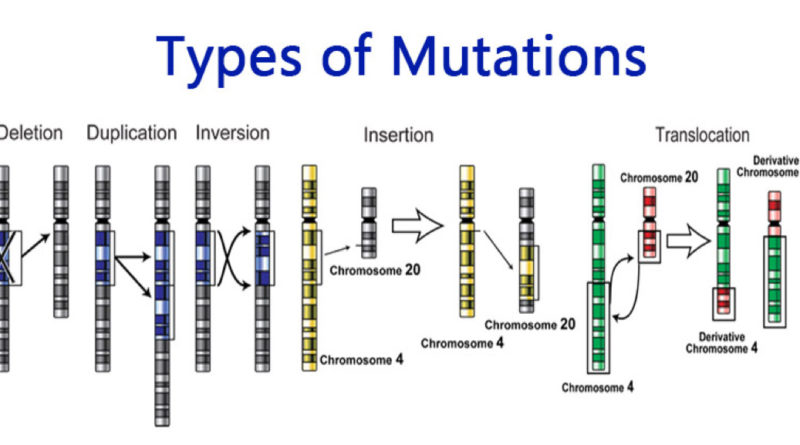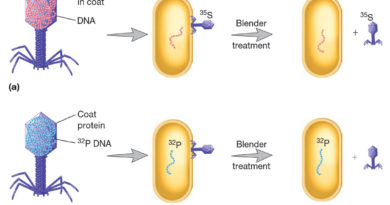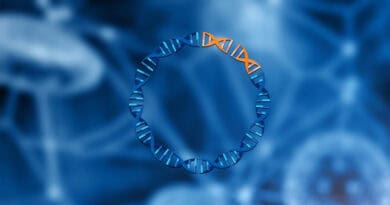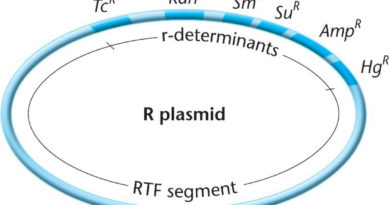Effects of Mutations 
Mutation is the sudden change in the nucleotide sequence of DNA, they are not predefined i.e. a mutation may be good, bad or neutral it is seen after its occurrence. Almost every gene that code for protein, if there is a mutation in it, it will be showing changes at the time of protein synthesis from that particular gene, on the other hand, we can say a mutation may remain unnoticed since that gene is act.
There may be several reasons for mutation. These region may be natural or artificial. Like exposure to Uv rays, some harsh chemical exposure or any other similar thing which can affect DNA of the organism.
In general, the more prevalent form of a gene and its associated phenotype is called the wild type. A mutation from wild type to a mutant form is called a forward mutation. A forward mutation can be reversed by a second mutation that restore the wild-type phenotype. When second mutation is at the same site as the original mutation, it is called as reversion mutation. If the second mutation is at the other site, it is called as suppressor mutation. Suppressor mutation may be within the same gene (interagency suppressor mutation) or in a different gene (extragenic suppressor mutation).
Mutation in Protein – Coding Genes
Point mutation is defined by the mutation at a single point or nucleotide in the sequence of DNA. If that particular gene codes for a protein, this point mutation change the protein structure in a variety of ways. Protein mutations are named according to if and how they change the encoded protein. The most common type of mutation is silent mutation, mis-sense mutation, nonsense mutations, and frameshift mutations.
Silent Mutations
In silent mutation, it change the nucleotide sequence of a codon, but do not change the amino acid encoded by that codon. This is possible because of the degeneracy of the genetic code. Therefore, when there is more than one codons for a particular amino acid, a single point mutation in DNA will lead to formation of new genetic code for that amino acid. For example, if the codon CGU were changed to CGC, it would still code for arginine even though a mutation had occurred. This type of mutation can only be detected at the level of the DNA or mRNA. Because there is no change in protein, there is no change in the phenotype of the organism.
Missense Mutation
Missense mutation is a point mutation (single base substitution) that changes a codon for one amino acid into a code for another amino acid. For example, the codon GAG, which specifies glutamic acid, could be changed to GUG, which code for valine. The effects of missense mutation may vary. They alter protein structure, but effect of such change may lead to the complete loss of activity to no change at all. This is because, change in amino acid depend on the type and location of changed amino acid.
Nonsense Mutation
In nonsense mutation genetic code is changed to nonsense or end codon. This causes a early termination of translation. And therefore result in the shortened polypeptide. They are called nonsense mutations because they convert a sense codon to a nonsense or stop codon. Depending upon the location of mutation, the phenotype may be more or less severely affected. Most proteins retain some function if they are shortened by only one or two amino acids; complete loss of normal function will almost certainly result if the mutation occurs closer to the beginning or middle of the gene.
Frameshift Mutations
It arise from the insertion or deletion of one or two base pairs within the coding region of the gene. Since the code consists of a precise sequence of triple codons, the addition or deletion of fewer than three base pairs will cause the reading frame to be shifted for all codons downstream.
Frameshift mutation are very deleterious and yield mutant phenotypes resulting from the synthesis of nonfunctional proteins. In addition, frameshift mutation often produce a nonsense or stop codon so that the peptide product is shorter as well as different in sequence.
Changes in protein structure can lead to changes in protein function, which in turn can alter the phenotype of an organism. The phenotype of a microorganism can be affected in several ways. Morphological mutations change the microorganism’s colony or cellular morphology. Lethal mutation, when expressed, result in the death of the microorganism. Because a microbe must be able to grow in order to be isolated and studied, lethal mutations are recovered only if they are recessive in diploid organisms or are conditional mutation in haploid organisms. Conditional mutations are those that are expressed only in certain environment conditions. Biochemical mutationsare those causing a change in the biochemistry of the cell. Since these mutation often inactivate a bio synthetic pathway, they frequently eliminate the capacity of the mutant to make an essential macromolecule such as an amino acid or nucleotide.
A strain bearing such a mutation shows a conditional phenotype. It is unable to grow on a medium lacking that molecule. But grows when the molecule is provided. Such mutations are called auxotrophs, and they are said to be autotrophic for the molecule they cannot synthesis.
Another type of biochemical mutation is the resistance mutation. These mutants have acquired resistance to some pathogen, chemical or antibiotic. Auxotrophic and resistance mutants are quite important in microbial genetics due to the ease of their selection and their relative abundance.



